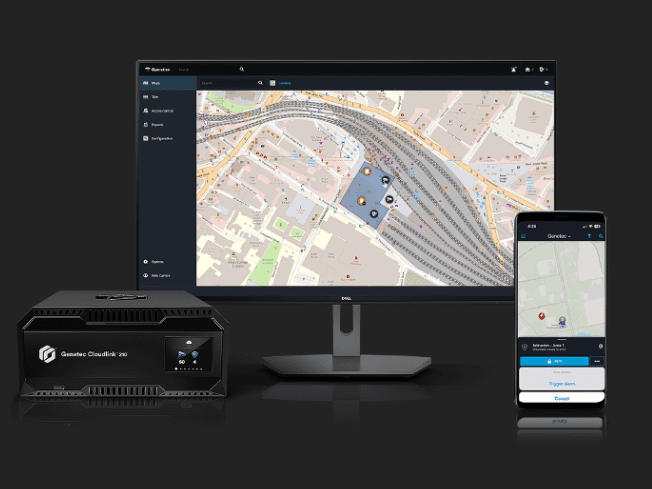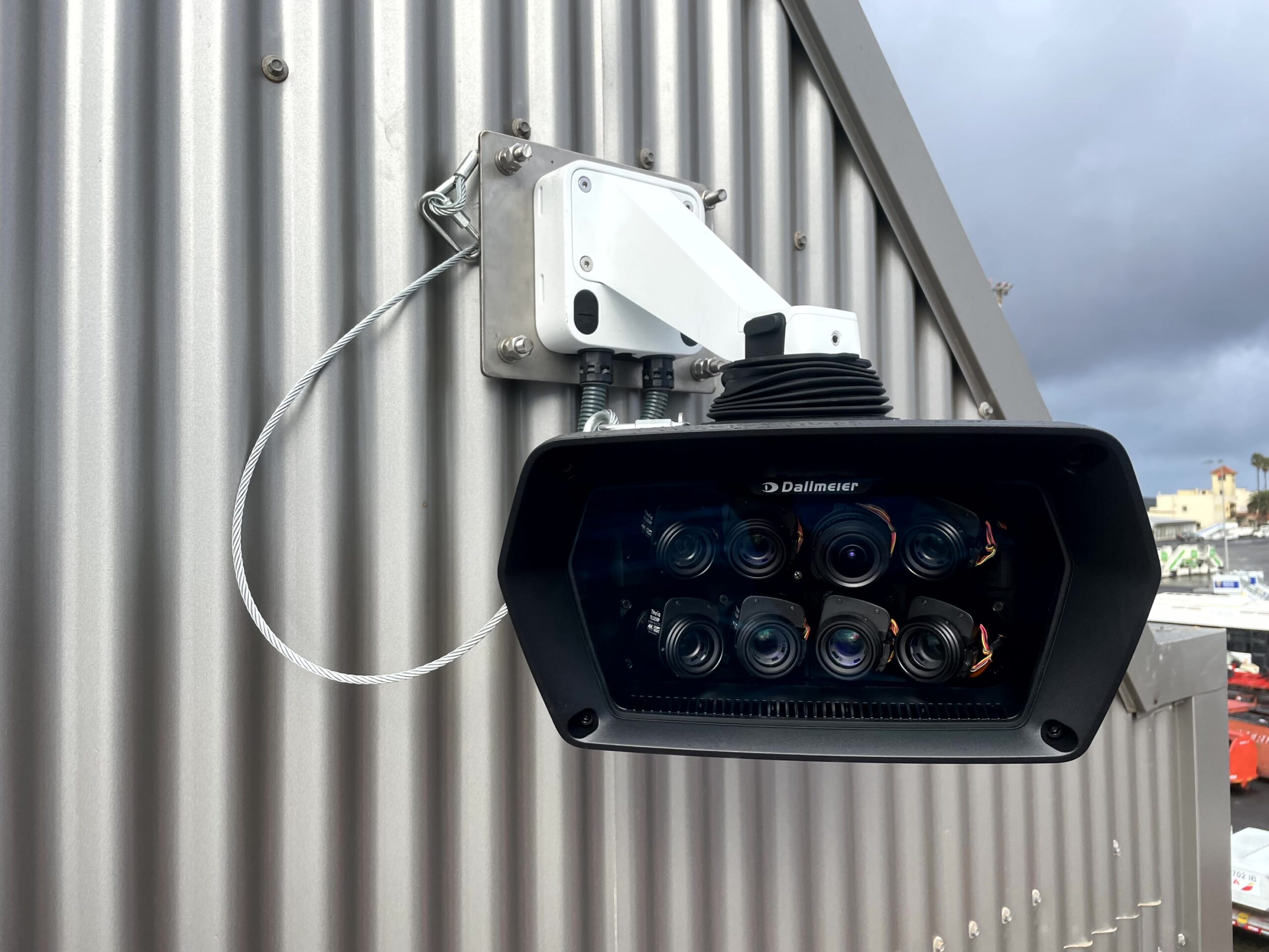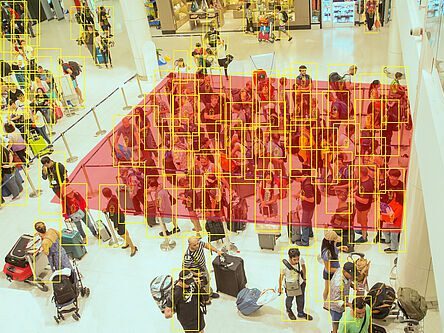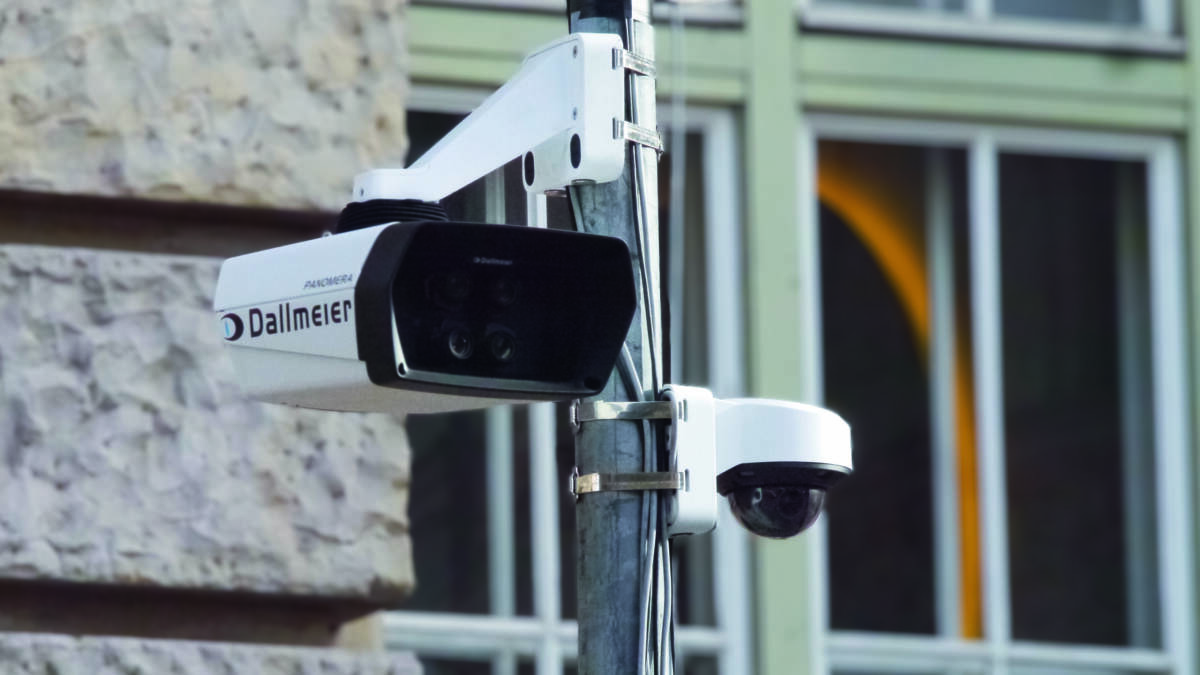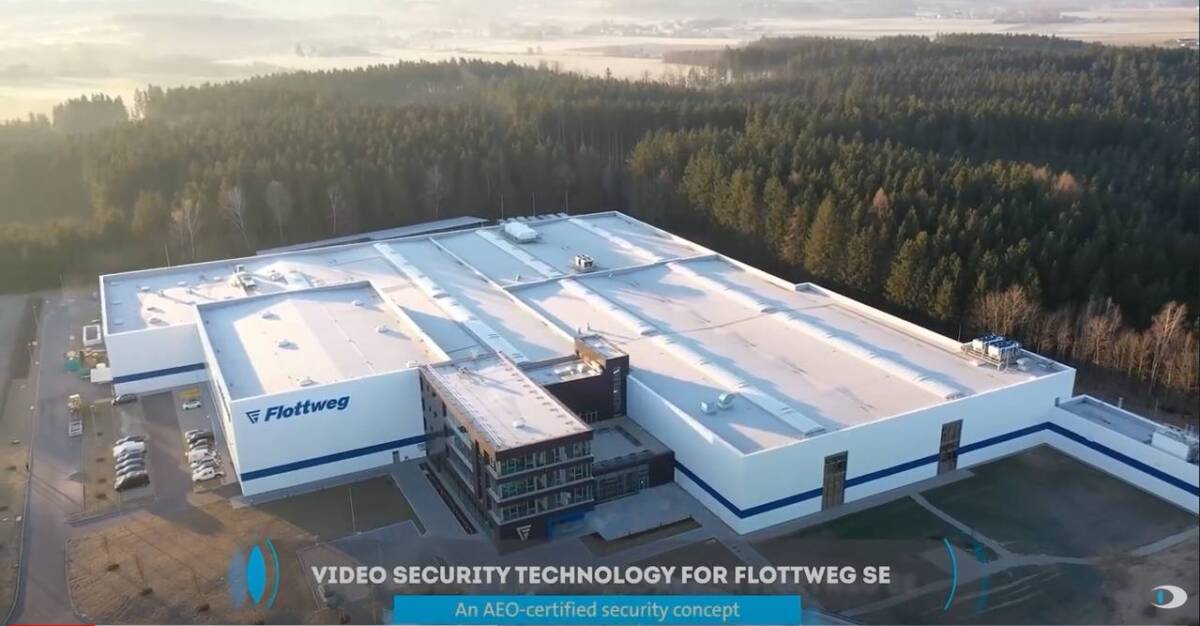How MFS technology increases the efficiency of video systems
In an era of heightened terror threats or fear of organised attacks, the demand for more surveillance cameras is becoming increasingly insistent. But is the “more is better” approach really the right one in this case? Rather than just increasing the number of cameras, would efforts not be better spent on making the video systems more efficient – with the right technology, that would not even be very difficult.
Whether they be public spaces, airports or business premises: the challenge when it comes to safeguarding large areas and expanses is to be able to obtain a comprehensive overview of the entire surveillance area and at the same time the highest possible resolution of details in even the most distant regions of the image.
Resolution is not everything
Manufacturers of network cameras may vaunt larger and larger megapixel numbers: but resolution alone is not everything. In order to be able to provide reliable security over large expanses, it is imperative to be able to make out details and identify individuals not only close to the camera but also in more distant regions. And this is where a very simple physical principle takes effect: a real scene is three-dimensional, but in the camera image it is only represented in two dimensions. The camera pixels are distributed evenly over the camera sensor, which means that the advertised resolution is also constant for the entire image angle – even though a much higher resolution and pixel density might really be needed for more distant regions in order to deliver the same number of pixels per metre as are available for a region closer to the camera.
In other words: If a camera delivers a high-resolution overview image, this can be used to render sequences of events visible, depending on the lighting conditions at the site and the dynamics of the camera. But this certainly does not mean that the resolution over the entire scene is sufficient to allow incidents to be investigated in an emergency. In such situations, the following condition must also be met: Depending on the requirement, and as appropriate for the image scene and details that are important to recognise, a minimum number of pixels must be present on the object or person in the image. This is referred to as pixels per metre (pix/m) on the object/person. It is not the same as the number of pixels a camera uses (as described in the statement “5 megapixel camera”, for example).
Guideline values have been established in the video industry for pixels per metre: To observe, you need 62 pixel/m, to recognise known individuals you need 125 pixel/m, and 250 pixel/m are needed in order to be able to identify unknown persons – regardless of how far from the camera the people are.
How can this be best illustrated? Three people of the same size stand in front of the camera, the first at a distance of 15 metres, the second at 50 metres and the third stands 100 metres away. In this perspective view, people are represented as becoming progressively smaller the farther away they are standing. To ensure that the person 100 metres away is also recognisable with a digital zoom and in a video recording, at least 125 pixels per metre must be present on the person in the image depth. This correct calculation of pixels per metre guarantees that a video system will in fact deliver the image and video quality required and expected.
Less is more
Simply installing more and more cameras indiscriminately in the belief that “more is better” is certainly not an efficient solution. One has only to think about the welter of unwanted images and the enormous data volume this would entail. And who would look at such an abundance of (surplus) information to any good effect?
Then there are the high costs associated with such an overinflated infrastructure. After all, this involves more than just the cost of obtaining the cameras themselves – the costs of appropriate camera masts, cables for power supply and data transmission, and much more, drive the real cost much higher. Then, ongoing operational and management costs must also be added to the one-time cost of purchase. And in most buying decisions, the hidden, indirect costs due to non-productive use by the end user are entirely ignored – these indirect costs can be as high has almost half of the total costs!
So the objective must be to find a solution in which the smallest possible number of cameras can safeguard a larger area better and more reliably.
Multifocal sensor technology as problem solver
The patented Panomera® multifocal sensor technology stands apart because of a completely new lens and sensor concept, which works with multiple sensors, each of which has a different focal length. In this way, the area to be monitored is “tiered”, so that more distant objects can be represented at the same resolution as objects in the foreground (guaranteed constant resolution of at least 125 pix/m). Thus, it is possible to provide highly efficient protection for a vast expanse from just a single location. Besides substantial savings in terms of infrastructure and TCO (Total Cost of Ownership), this solution also offers considerable advantages for security personnel: the ability to view the entire protected area in a single coherent image without having to switch back and forth between numerous separate cameras makes operating the system simpler and shortens response times for emergency personnel.
Preserving anonymity
If a relatively large area or public space is to be monitored, the anonymity of individuals must still be preserved. Therefore, data privacy always has top priority. Accordingly, it is not permissible to treat everyone in the area in question as generally suspicious, the cameras may only zoom in on a site in the case of specific suspicion or if an incident occurs. In more particular terms, this means that the operator live only sees the overview image, or, as another option, moving objects and people are pixelated in the live display for data privacy reasons. The high-resolution, unpixelated individual streams and therewith also the detailed images returned by the multifocal sensor systems can only be accessed when an incident occurs, and then in a dual control mode with corresponding authorisations.
Process optimisation instead of monitoring
It is not only for safeguarding public areas that multifocal sensor systems offer advantages: MFS technology improves the mode of operation and possible uses of video systems in industry and commerce. The efficiency of a video system is enhanced considerably, and of particular importance here: less, but markedly better, more effective, and consequently more cost-effective.
The core topic of video security technology has evolved considerably since its origins: away from simply providing surveillance and in the direction of process optimisation and process control, due to substantial information gains with the aid of intelligent, analytical video solutions. In this respect, multifocal sensor technology closes the gap left by conventional video systems. MFS technology is on the way to bringing about a fundamental change in the video security equipment of the future.
[su_button url=”https://www.dallmeier.com/en/home.html” target=”blank” style=”flat” background=”#df2027″ color=”#ffffff” size=”10″ radius=”0″ icon=”icon: arrow-circle-right”]Click here to find out more about Dallmeier[/su_button]


